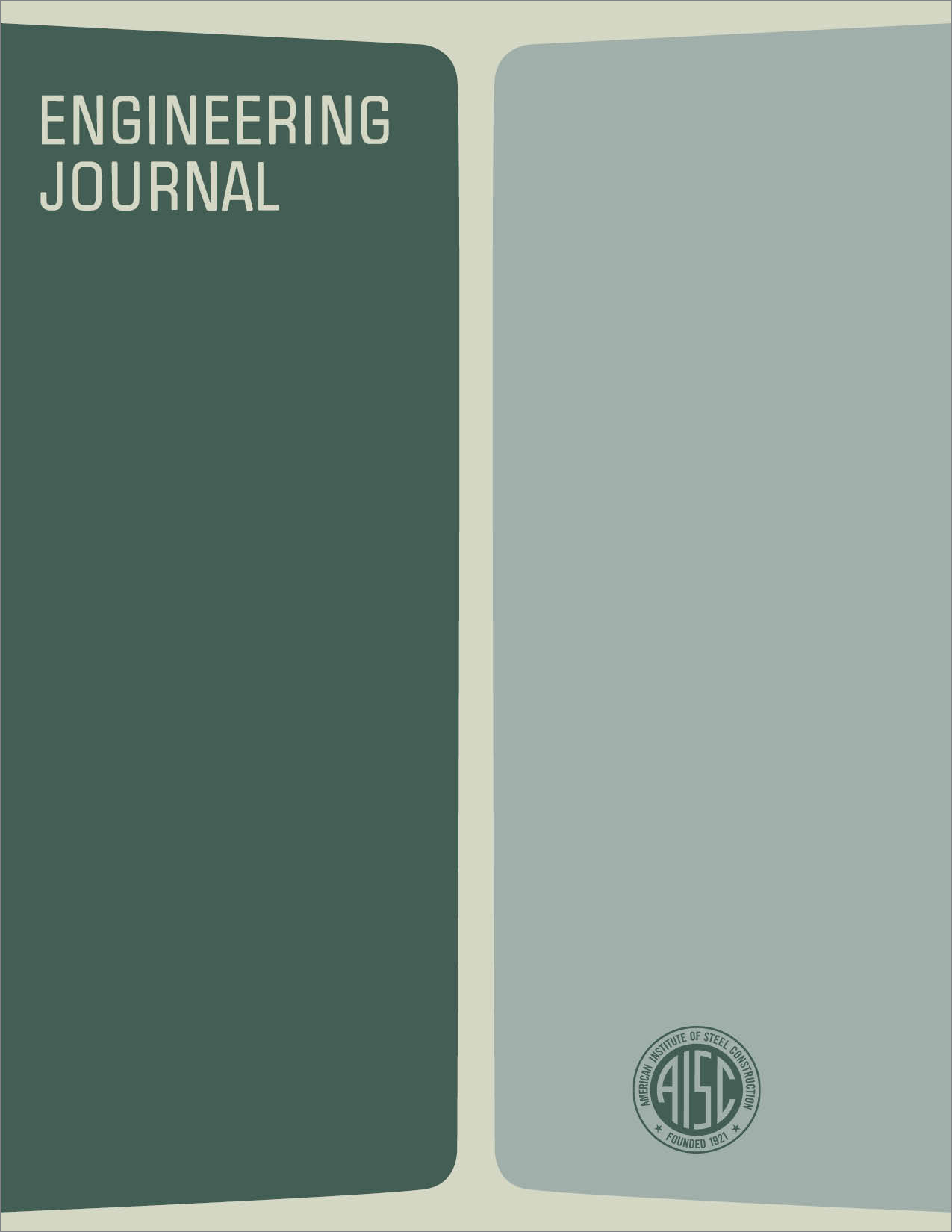The Effective Length of Columns in Unbraced Frames
DOI:
https://doi.org/10.62913/engj.v8i2.164Abstract
The effective length concept for column design in unbraced frames has been incorporated in the AISC Specification since 1961. In simplified terms the concept is merely a method of mathematically reducing the problem of evaluating the critical stress for columns in structures to that of equivalent pinned-end braced columns. The Euler buckling stress for a column with both ends pinned and no sidesway. The alignment chart gives valid sidesway buckling solutions if the columns are in the elastic range and all columns in a story reach their individual buckling loads simultaneously. For columns that do not satisfy these two conditions, the chart is generally overly conservative or not applicable at all. The design methods presented herein handle these situations by adjusting common procedures: the Column Load Tables in the AISC Manual and the alignment chart can still be utilized. The concepts developed are applicable to a wide range of problems. For example, using the concept of some columns bracing others in the same story of an unbraced frame, it is possible to make the column sizes in a story reasonably uniform, even though individual column loads might vary substantially.

